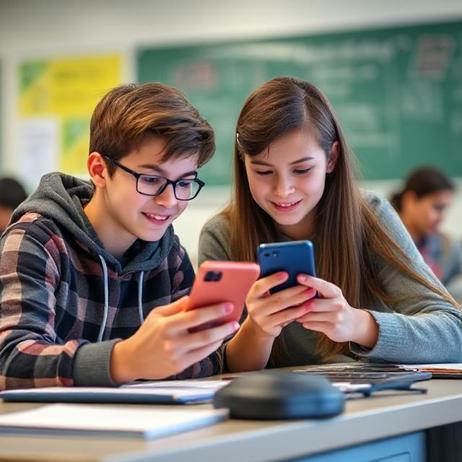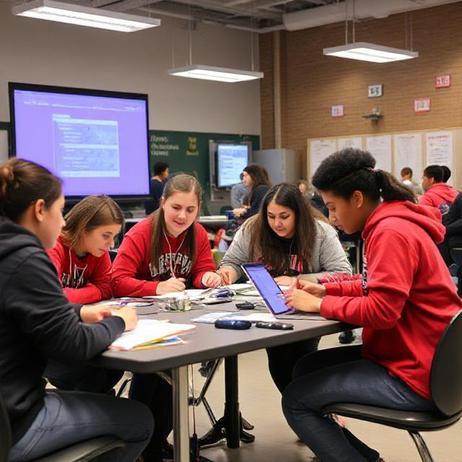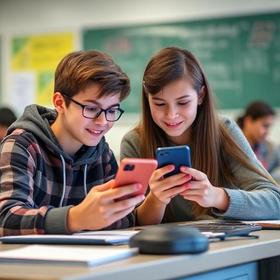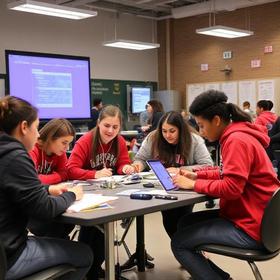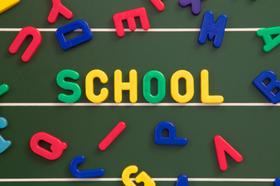The Impact of Social Media on Students
In the past decade, social media has become deeply woven into studentsÔÇÖ everyday lives, both inside and outside the classroom. As we move into 2025, understanding the impact of social media on studentsÔÇöacademically, socially and psychologicallyÔÇöis essential for parents, educators and school leaders. This article updates the original analysis with current data, evolving policies and expert commentary, while retaining the previous structure for clarity and continuity.
Introduction
The term ÔÇťsocial mediaÔÇŁ now covers everything from short-form video apps like TikTok, to image-sharing networks such as Instagram, to collaborative platforms used by students and schools. The latest estimates show approximately 5.24 billion people worldwide are active on social media in 2025, up 4.1 % from the previous year.
For students, social media represents both potential advantages (such as connected learning and peer collaboration) and clear risks (including distraction, mental-health concerns and reduced focus).
The remainder of this article explores the current state of social media use among students, its academic implications, behavioural and mental-health effects, evolving school policies, strategies for positive use, and recommendations for families and educators.
Current Usage Patterns
Recent studies indicate that social media usage remains high among young people and students. Global figures show that 63.9 % of the worldÔÇÖs population uses social media, with an average daily time of about 2 hours 21 minutes as of February 2025.
For school-age students, access to digital devices is nearly universal. For example,

